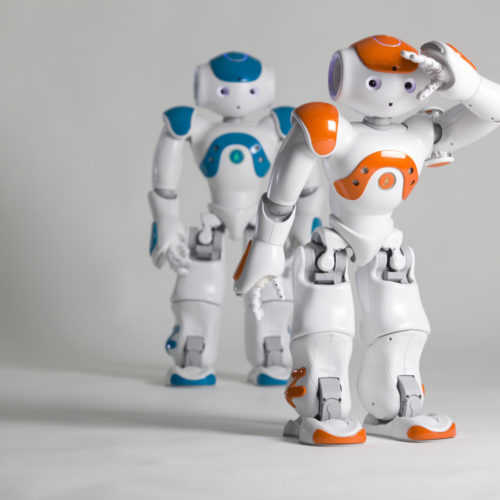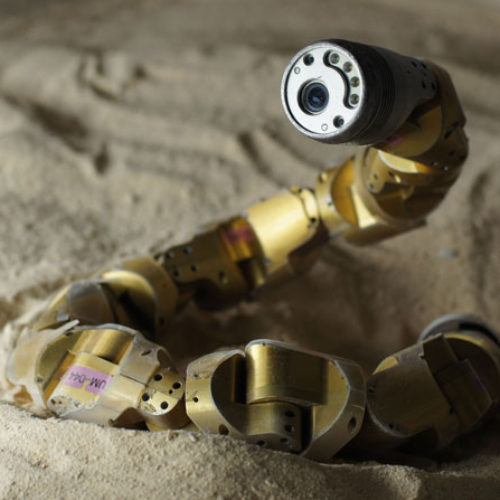Toyotas Friendly Home Robot
Toyota is an incredibly recognizable car brand that has managed to put their cars outside practically every Japanese house, and now they’re looking more to the inside with a friendly home robot. Toyota with their already innovative automated assembly lines is now looking towards putting robots inside houses as well as in the factory. The proposed robots would perform a number of tasks such as helping with chores and possibly even offering companionship. Japan has an extremely aging society with a quarter of their total population being over 65 years old, and millions of seniors living alone.
A Friendly Home Robot For Every Home
Over the past decade or so there have been many attempts at making an efficient robot which is capable of performing simple but useful tasks around the house, one big problem has often prevailed, however, this being the fact that these robots often weigh a considerable amount, especially if the robot is designed to be particularly strong. So what does Toyota have that looks like it may change all of that? They possess around 29 billion in cash reserves, along with an artificial intelligence research center and a well-respected inventor Gill Pratt. These factors have lead to statements like “This is a company with so many resources that you can never ignore them”, which was said by Morten Paulsen, a respected analyst at CLSA Japan Securities Co. Their aim to put a friendly home robot in every home is possible, but when?
Toyota is no stranger to the robotics industry, in 2004 they unveiled an impressive trumpet-playing robot equipped with artificial lips, lungs and fingers, it was so efficient that it could actually play alongside a real human orchestra. Toyota has naturally progressed greatly since 2004 and there most recent robot the T-HR3 is an “avatar” that can be controlled remotely through wearable controls, allowing the user to see through two cameras to simulate human vision. This at some point could prove useful for people who have lost limbs or for rescue services in disasters. In 2015 the car manufacturer started an AI-focused Toyota Research Institute in Silicon Valley. This institute started a program to fund startups with 100 million dollars last year, and this year they are looking to speed up development time.
“There’s internal pressure all of a sudden to move faster” senior manager Keisuke Suga at a recent industry forum said. The road to breaking into the robot industry has shown considerable challenges for Toyota, back in 2011 they demonstrated a device designed to help lift patients with illnesses out of beds. However quite foolishly, all the tests they had performed had been on healthy people and it was later proven ineffective with actual ill patients or elderly as they need a gentler touch. They also tried to demonstrate a Segway resembling device but it was ultimately not allowed on the streets due to legal restrictions. Despite these setbacks this genuinely looks promising for Toyota and their Japanese fan base.
You might also like
NAO
NAO was developed by Aldebaran Robotics, a French robotics company headquartered in Paris. It is a programmable, 58cm tall humanoid robot with the following key components. Body with 25 degrees of
Meet The Man Who Uses Robotics To Make Music!
Meet Moritz Simon Geist, the man who uses robotics to make music. He is an upcoming DJ of sorts who is making huge waves at the moment with his innovative
Sidewinding Snakebots Sinuously Summit Steep Sandy Slopes
As a snake owner, I can personally attest to the fact that lack of limbs is no impediment to mobility. In fact, snakes are masters of moving over all kinds



